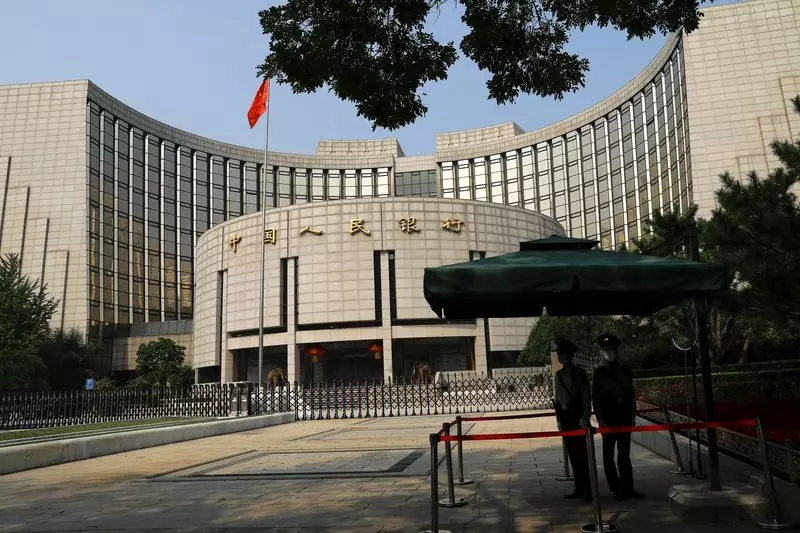China’s financial landscape is undergoing a significant transformation, as evidenced by the People’s Bank of China’s (PBOC) anticipated adjustments to interest rates in the coming years. The central bank has indicated that it may reduce interest rates from the current benchmark of 1.5% at an “appropriate time” in 2025. This forward-looking stance aligns with broader policy commitments made last year to foster a more market-driven interest rate framework and adjust monetary strategies to better support economic growth.
The PBOC’s recent comments underline a pivotal shift in its approach to monetary policy. By moving away from rigid quantitative objectives related to loan growth, the PBOC is emphasizing the importance of interest rate adjustments as a primary tool for influencing credit demand. This change is part of a comprehensive interest rate reform program that government advisors have characterized as a challenging endeavor. The Bank’s commitment to supporting high-quality economic development necessitates a new focus on how prevailing interest rates are established and communicated within the market.
This adjustment in policy is particularly timely as China’s economy grapples with several underlying issues, including over-reliance on manufacturing and exports, which have become less sustainable in a post-pandemic world. Shifts in capital market reform must occur in tandem with changes to interest rate policies to ensure that businesses and consumers alike respond positively to monetary adjustments.
In recent months, both the 10-year and 30-year treasury yields in China have plunged to historical lows, reflecting market expectations of imminent monetary easing. Such movements indicate that investors are bracing for potential changes in the PBOC’s policies, which could stimulate activity in the credit market. The central bank’s key rate, the seven-day reverse repo rate, was recently lowered from 1.7% to 1.5%, signaling its responsiveness to macroeconomic pressures.
With high debt levels and sluggish consumption, the Chinese government finds itself in a precarious position, necessitating careful navigation of fiscal and monetary policy. The recent decision by the ruling Politburo to soften the monetary policy stance from “prudent” to “appropriately loose” marks the first significant shift in 14 years. This change signifies a willingness to take more aggressive action to stimulate the economy, which bears significant weight given the anticipated continuation of trade tensions with the United States.
As former President Donald Trump resumes leadership, concerns about escalating trade tensions loom large for China’s economic future. Policymakers recognize that the nation’s economy has become increasingly vulnerable, with household consumption waning and a severe real estate crisis eating into consumer wealth. The implications of these pressures are profound, suggesting that traditional growth drivers of manufacturing and exports may not suffice in the current climate.
To address these challenges, advisors to the government have recommended maintaining the growth target for the year while advocating for a more robust fiscal stimulus package. Such measures could potentially revive domestic demand, which has lagged in previous periods. A concerted effort to support consumption through effective monetary policies will be crucial in diversifying economic growth beyond the confines of state-directed bank lending and fostering a more resilient and sustainable economy.
Ultimately, the journey toward a more market-oriented economic framework in China is fraught with complexities. The PBOC’s anticipated interest rate cuts are merely a component of a wider strategy aimed at revitalizing an economy facing structural challenges. The transition away from quantitative lending targets signifies a broader recognition of the need for reform—one that strengthens the link between monetary policy and real economic activity.
As China embarks on this necessary transformation, the balance between maintaining growth, fostering domestic demand, and navigating international relations will define the success of its economic policies in the years to come. By embracing a new economic paradigm, China hopes to stabilize its economy while avoiding the pitfalls of past reliance on state-driven models. The road ahead may be arduous, but the opportunity for a more responsive and resilient economic structure is within reach.

